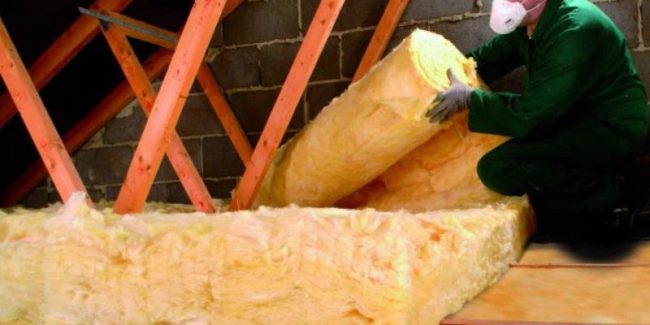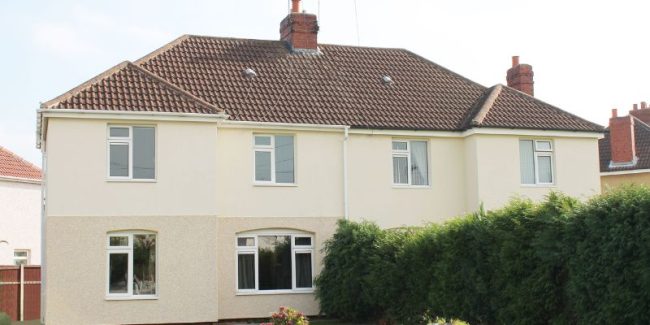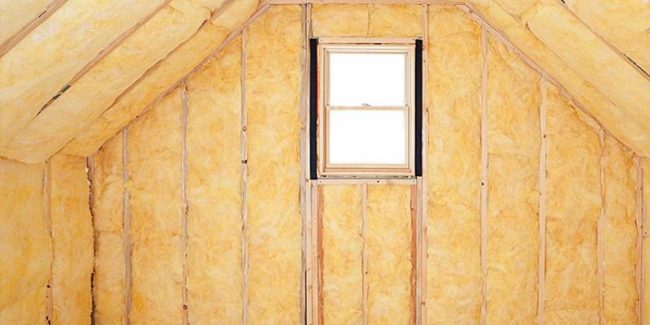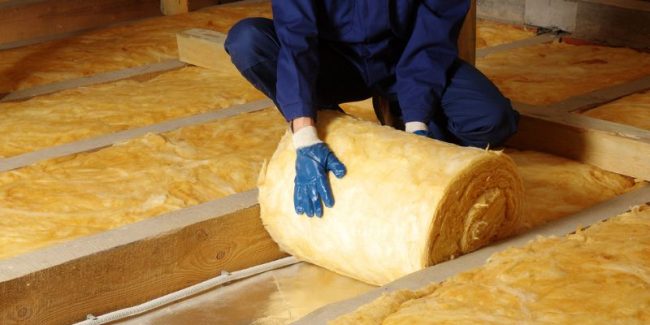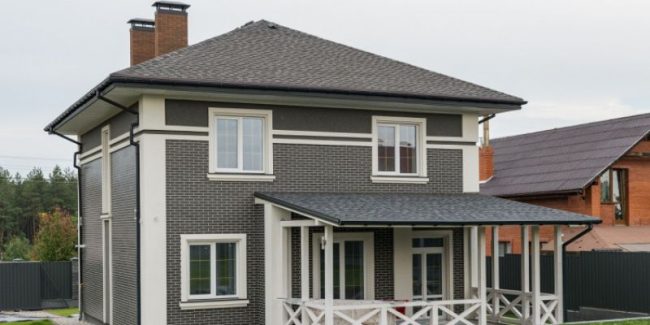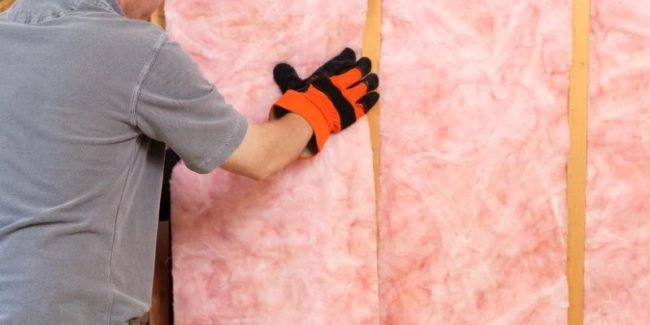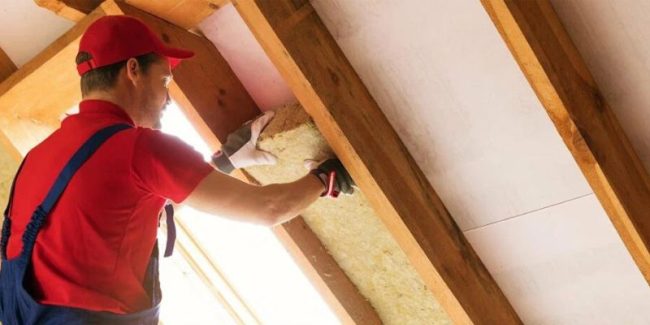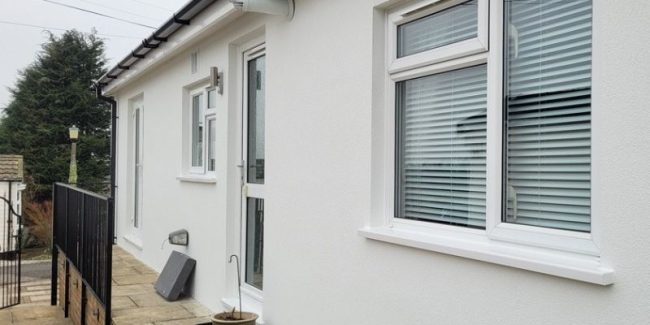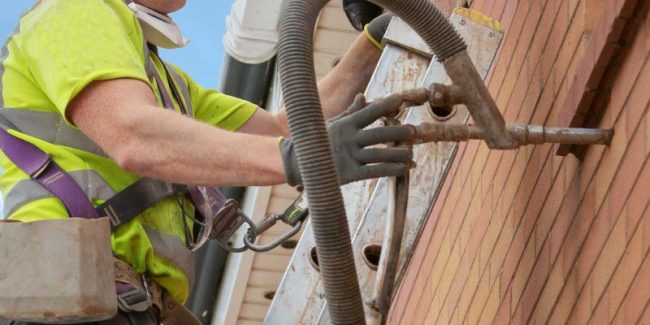Insulation is one of the most important upgrades for any home in Ireland. With energy costs rising and winters often cold and damp, homeowners in Dungarvan are increasingly looking for the best insulation services to make their houses warmer, more comfortable, and more energy-efficient.
If you live in Dungarvan or the surrounding areas, finding a trusted service provider can save you money in the long run, improve your comfort, and even increase the value of your property. In this article, we will look at why insulation matters, the benefits of choosing a good service, how much it costs in Ireland, what grants are available, and how to select the right contractor.
Why Insulation Matters in Dungarvan
Dungarvan, located in County Waterford, has a typical Irish climate—mild, damp, and windy at times. Homes without proper insulation often lose heat quickly, making it harder and more expensive to keep the house warm. Poor insulation can also cause cold patches, dampness, and higher energy bills.
Good insulation solves these issues by keeping heat inside during the winter and helping your home stay cooler in summer. Over time, this investment pays back by cutting down heating bills and creating a more pleasant living environment.
Benefits of Using Professional Insulation Services
When you choose the best insulation services in Dungarvan, you can expect:
-
Lower energy bills – Your home stays warm without needing to use as much heating.
-
More comfort – Even temperatures across all rooms, fewer cold drafts.
-
Reduced damp and condensation – Helps protect walls and furniture.
-
Increased property value – A well-insulated home often gets a better Building Energy Rating (BER), which can raise its market price.
-
Environmental benefits – Lower energy use means reduced carbon emissions.
Professional services also ensure that the job is carried out properly, with quality materials and correct installation methods.
Cost of Insulation Services in Ireland
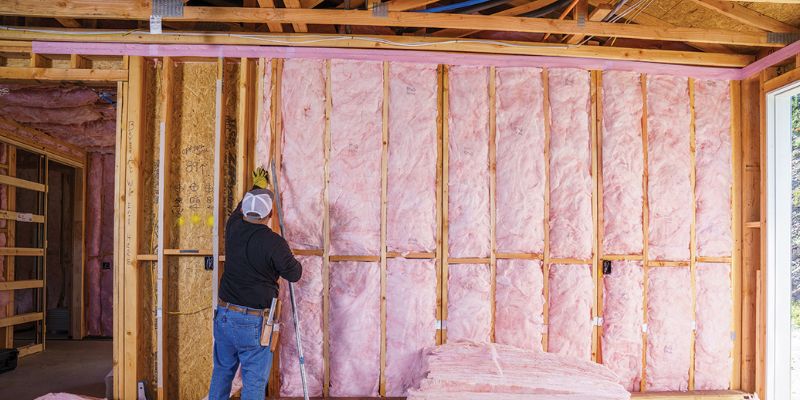
The cost of insulation in Ireland can vary widely depending on the size of your home, the amount of work needed, and the service provider you choose. On average:
-
A smaller project may cost a few thousand euros.
-
Larger projects for bigger houses can reach well over €10,000.
-
If you are planning a full home upgrade, the total cost could be higher.
The good news is that insulation is a long-term investment. The savings on your energy bills can add up over time, making the cost worth it.
Grants and Financial Support
One of the best things about upgrading your insulation in Ireland is the availability of grants. The Sustainable Energy Authority of Ireland (SEAI) provides generous support to homeowners through various schemes.
For example:
-
Grants are available for different kinds of insulation work.
-
Support amounts can be quite high, especially for detached houses.
-
In some cases, you could get thousands of euros in funding.
These grants reduce the upfront cost and make it much easier for homeowners in Dungarvan to upgrade their homes. To benefit, you must use a registered contractor who meets SEAI standards.
Choosing the Best Insulation Service in Dungarvan
Not all insulation providers are the same. Here are some key tips to make sure you choose the best service for your home:
-
Check if they are SEAI-registered
This is essential if you want to qualify for grants. It also ensures the contractor meets quality standards. -
Look for local experience
Contractors in Dungarvan who have worked on homes in the area will understand the local climate and housing styles. -
Ask for reviews and recommendations
Word of mouth is powerful. Ask neighbours, friends, or check online reviews for honest feedback. -
Compare quotes
Don’t settle for the first offer. Get at least two or three quotes and compare the services, not just the price. -
Check warranties and guarantees
A reliable service provider should stand behind their work and offer a clear guarantee. -
Look at customer service
The best providers explain the process clearly, answer your questions, and guide you through grant applications.
What to Expect from the Process
When you hire a professional insulation service in Dungarvan, the process usually follows a few simple steps:
-
Initial survey – A contractor visits your home, checks current conditions, and explains what can be improved.
-
Quote and plan – You receive a written quote with details of the work, timeline, and costs.
-
Grant application – If you qualify, the contractor may help you apply for SEAI grants.
-
Work begins – The team installs the insulation, keeping disruption to a minimum.
-
Final checks – The contractor makes sure everything is completed to standard.
-
BER rating – In many cases, your home’s energy rating will improve after the upgrade.
Why Local Services Matter
While you can hire companies from other parts of Ireland, local Dungarvan providers often offer:
-
Faster response times
-
Better knowledge of local housing types
-
A more personal service
-
Easier communication and follow-ups
Supporting local businesses also helps the community and keeps money in the local economy.
Common Mistakes to Avoid
When looking for insulation services, some homeowners make mistakes that cost them time and money. Avoid these:
-
Going for the cheapest option only – Low cost sometimes means poor quality.
-
Not checking SEAI registration – You could miss out on grants.
-
Ignoring reviews or references – Always check past work.
-
Skipping a detailed contract – Make sure everything is in writing, including costs and timelines.
Long-Term Value of Insulation
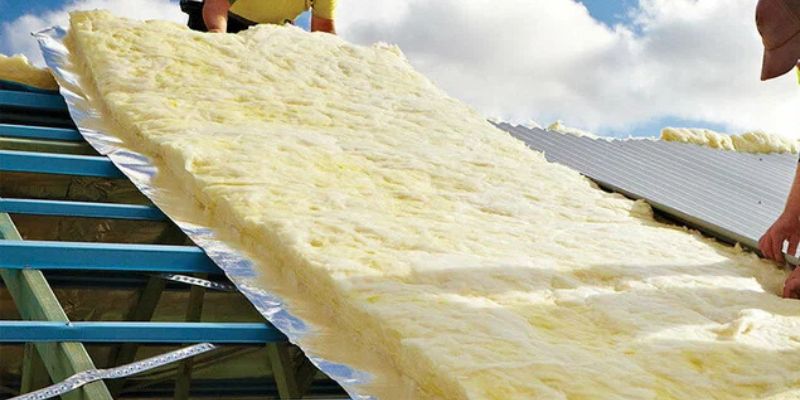
Investing in the best insulation service in Dungarvan is not just about saving money today. It’s about securing comfort for years to come. With energy prices unpredictable, insulation protects you from high bills and gives you peace of mind.
Many homeowners report that their houses feel completely different after proper insulation—warmer, quieter, and more pleasant to live in. Plus, with Ireland’s focus on reducing carbon emissions, having a well-insulated home will continue to grow in importance.
Conclusion
Choosing the best insulation services in Dungarvan, Ireland is one of the smartest decisions a homeowner can make. It improves comfort, reduces bills, increases property value, and benefits the environment.
With financial support available from SEAI grants and plenty of professional service providers in the area, there has never been a better time to upgrade your home. Take the time to compare providers, check reviews, and use local experts to get the job done right.
By making this investment today, you’ll enjoy a warmer, healthier, and more energy-efficient home for many years to come

